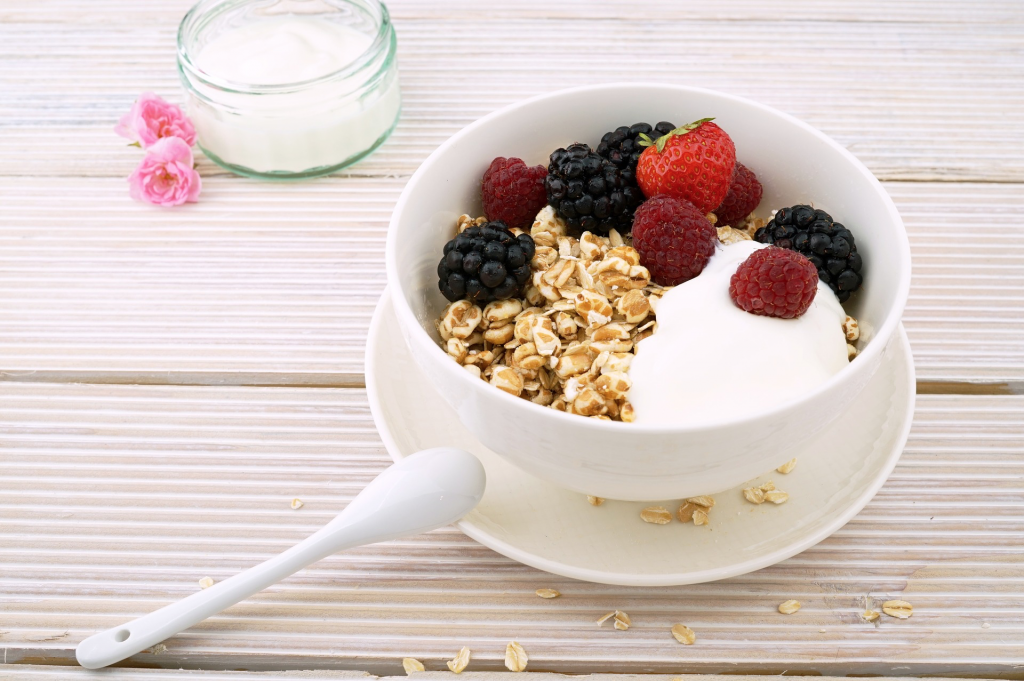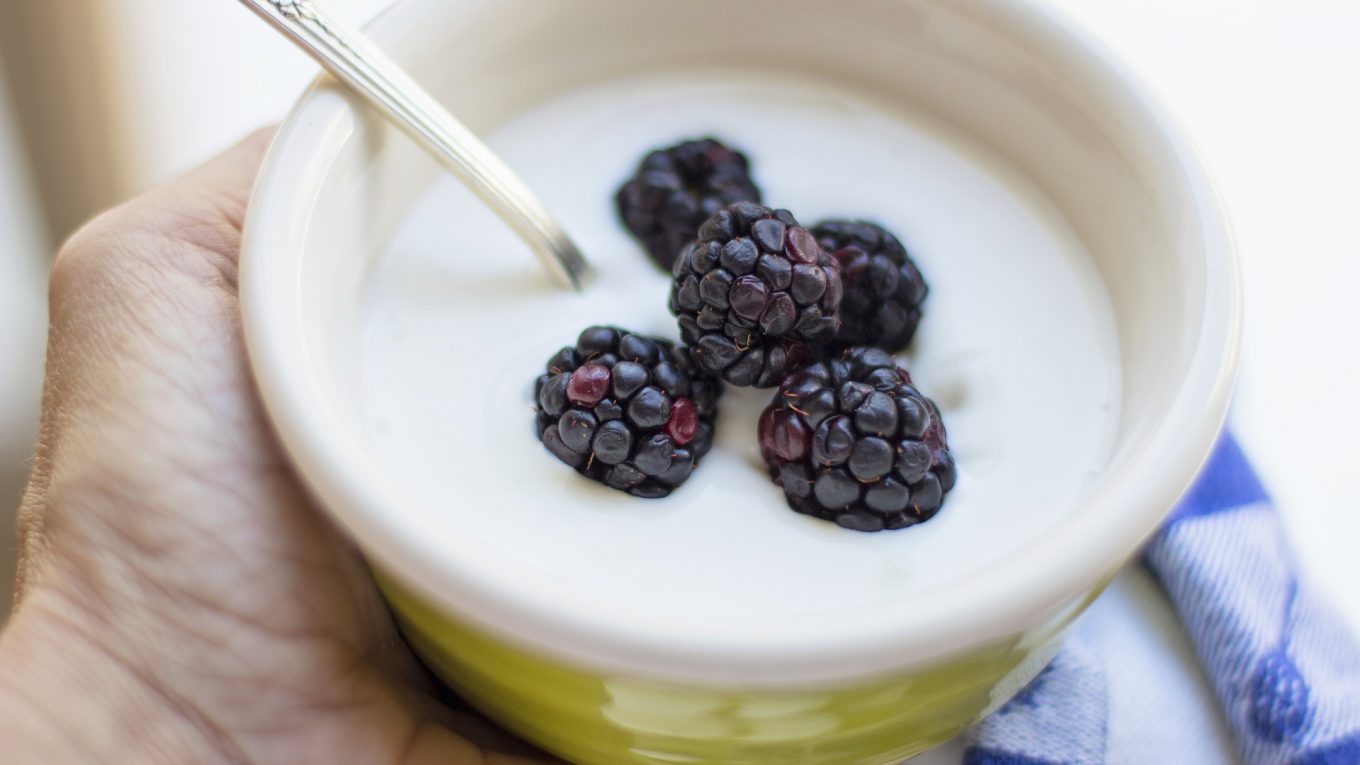Some low-carb thoughts on yoghurt
And in particular a few comments on that little weasel phrase ‘no added sugars’.
Yoghurt is a fermented milk product whose origins are deep in antiquity. To make yoghurt, milk has to be heated to ‘denature’ the milk proteins. It was then allowed to cool down before the bacterial cultures were added. This is something that is quite easy to do at home. If you buy UHT milk you don’t need to heat it, the proteins are already denatured. Of late we have developed a taste for sterilised yoghurts and products with added flavours, like cherry or honey.

Oddly, fruit yoghurts are described as products with ‘no added sugars’, So how come they taste so sweet? Well, it is simply because the added fruit comes with a natural load of sugars. Dieticians call these ‘intrinsic sugars’ and believe them to be better than ‘extrinsic sugars’, the sorts of sugar you might add to something or that a food processor may add to the product to make it taste (and sell) better. But hey! the point is, they are all sugar, they are carbs. Here is a table I drew up for some patients attending a Low-carb course I was involved in running. They wondered what no added sugar meant.
| Yoghurt | Pack size (g) | Calories /100g | Fat /100g | Carbs /100g | Sugars /100g |
| Waitrose No 1 Natural Greek | 500 | 131 | 10.2 | 3.7 | 3.7 |
| Sainsbury Greek style | 500 | 120 | 9.2 | 5.3 | 5.1 |
| Rachel’s organic Greek style | 450 | 109 | 8.3 | 5 | 5 |
| Rachels’ Greek with honey | 450 | 131 | 7.5 | 12.7 | 12.7 |
| Muller corner strawberry | 143 | 105 | 3.9 | 12.4 | 11.9 |
| FAGE % natural, fat free Recipe | 170 | 93 | 0 | 3 | 3 |
| FAGE natural Greek | 170 | 93 | 5 | 3 | 3 |
| Ski smooth strawberry and raspberry * | 4×120 | 83 | 2.6 | 11.6 | 11.3 |
Notes:
- I have taken Waitrose No1 Greek strained yoghurt as a baseline example of traditional real food yoghurt. Note it’s 10.2g of fat/100g. Just guessing a serving may be 125g, so that makes x4 servings from a 500g tub.
- A 125g serving of Waitrose Greek yoghurt gives you just over 1 teaspoon’s worth of sugar (around 4.6g)
- It looks like ‘style’ and ‘recipe’ are words to get around using a description that gets around the ‘protected designation of origin’ rules.
- Note Sainsbury’s Greek yoghurt is marginally lower fat and higher sugars. A 125g serving gives just under 2 teaspoon’s worth of sugar (around 6.4g).
- Anything with fruit in delivers more sugar. Looks like more sugar than if you added real fruit to plain yoghurt. Adding fruit puree to yoghurt can be described as ‘no added sugars’ because the fruit is naturally sugary (with its ‘intrinsic’ sugars)
- Anything pureed will deliver more sugar more quickly than whole fruit. The same applies to smoothies.

